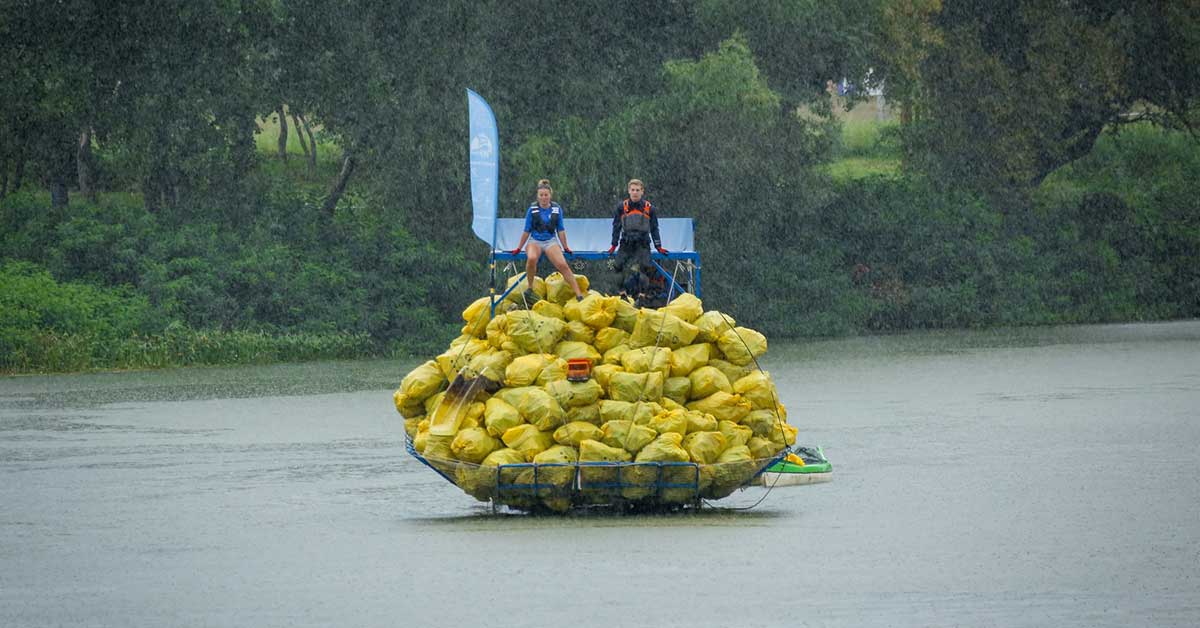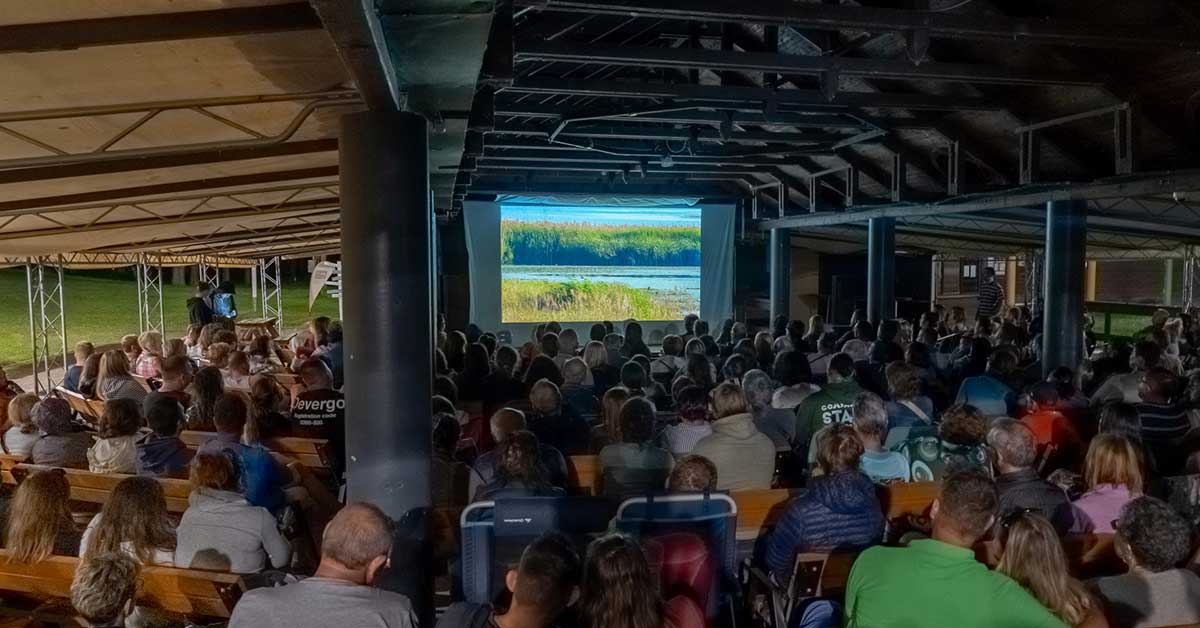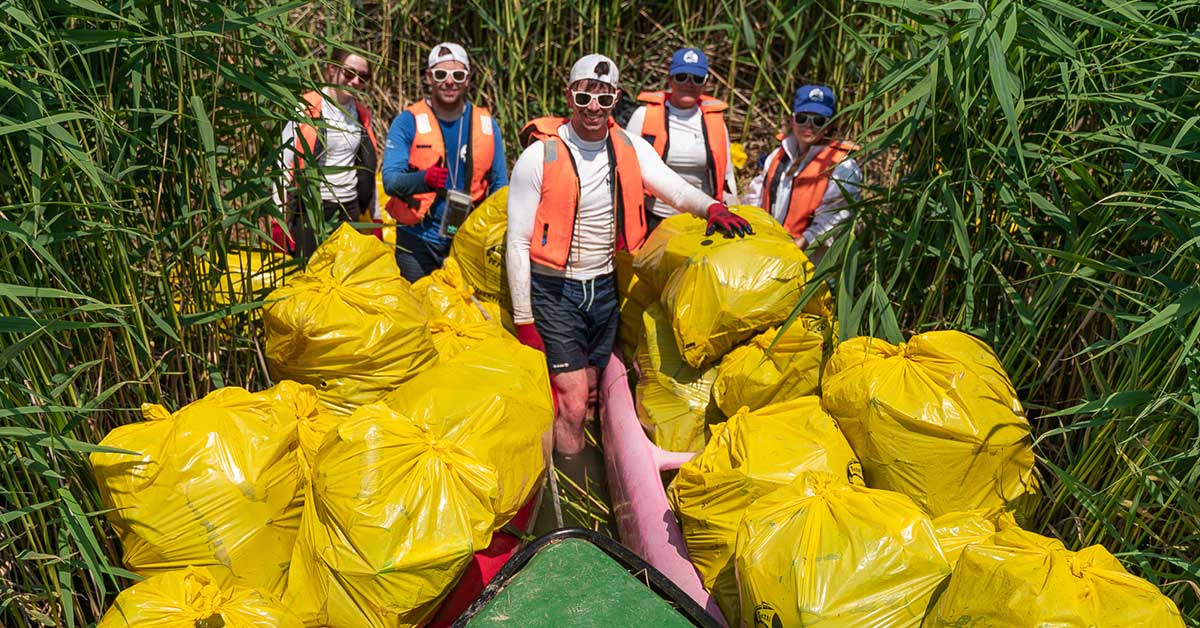We have already written about the campaigns of the pan-European initiative, that provided comparable results on the plastic pollution of rivers in 10 countries, using the same sampling methodology. Before they kick-off again in May, it’s time to share the results of their efforts from autumn ’22, focusing on Tisza and its neighbouring waters in Hungary.
What did they do exactly?
The young researchers were tasked with collecting plastic samples from streams and rivers and accurately documenting the results, which are uploaded to a shared online database.
They were split into four groups on their locations:
- The first group identified the different zones of the waters, recorded the stations where they searched for waste on the river bank and sorted the trash by materials. These three “zones” were circles with a radius of 1.5 metres, one on the riverbank, one on the floodplain and one that was a little closer to the settlements and further from the water.
- The second group built a waste sorting station, categorised the types of waste found on the riverbank in a 20-metre stretch of bank and calculated the proportion of single-use plastics.
- The third group took samples with special nets, keeping them in the water for an hour and recording the flow velocity of the water and the width of the river so it could be used later to estimate the full extent of the pollution; they also observed and took photos of the drifting waste and examined its larger pieces as well as the floating debris in their nets.
- The fourth group documented the sampling by taking photos and shooting short videos and they also recorded the data gathered by the other groups.
Their results were analysed by researchers at the University of Pannonia and sent to Germany, where they were analysed by additional researchers in the final phase of the project.
How many people have participated?
17 educational wanted to join originally and a total of 250 children and 30 teachers from 15 educational institutions have actually participated in the programme, examining the micro and macro plastic pollution of 15 rivers and river banks in Hungary, taking samples at
- three locations on river Bodrog (Bodrogkeresztúr, Bodrogkisfalud, Sárospatak)
- river Dráva (Barcs)
- four locations on river Danube (all in Budapest)
- river Hernád (Hernádnémeti)
- river Kapos (Kaposvár)
- river Kraszna (Kocsord)
- brook Rédei-Nagy (Nagyréde)
- two locations on river Tisza (Csongrád, Tiszadada)
- river Zagyva (Szolnok)
While most participants were in high school, the youngest researchers were fifth graders, while the doyens of the movement were the students of Budapest University of Technology and Economics.
This year organiser would also like to include those two schools who could not participate last time, so that they can also carry out the sampling.
Sources and references:
https://www.facebook.com/groups/plasticpirateshungary
https://petkupa.hu/eng/
https://www.plastic-pirates.eu/en/faq


